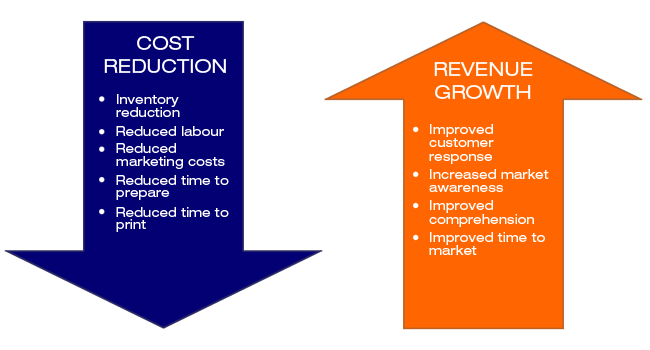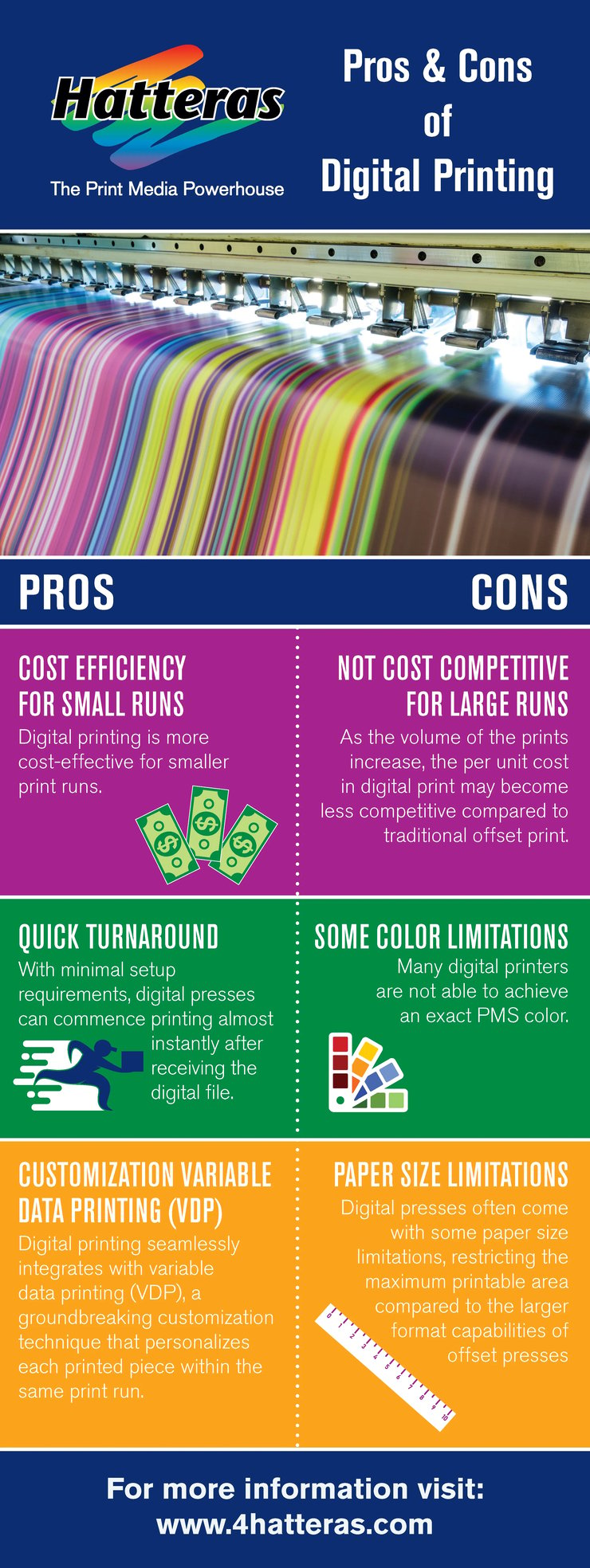The 9-Minute Rule for Digital Printing
The 9-Minute Rule for Digital Printing
Blog Article
Getting The Digital Printing To Work
Table of ContentsHow Digital Printing can Save You Time, Stress, and Money.An Unbiased View of Digital PrintingThe Best Guide To Digital PrintingSome Known Details About Digital Printing The Best Strategy To Use For Digital PrintingThe Single Strategy To Use For Digital Printing
Variable information printing, such as straight mail with individualized codes and addresses, is ideally matched for electronic printing. Digital fast printing just requires four actions of design, evaluation, printing and binding to get every little thing done. Digital quick printing has an unequaled advantage: print on demand.According to PMMI, electronic printing allows brands and makers to react quickly to customer demands while improving the supply chain, decreasing warehousing price and waste, and delighting in faster time to market. That all noises wonderful, yet how does this technology do all that? The significant differentiator of these technologies is that there are no set-up fees and no plates with electronic printing.
The Ultimate Guide To Digital Printing
This results in quicker turn-around time and reduces cost when making use of digital printing.
Fast manufacturing indicates obtaining your item to market quicker. It also means it's much easier and faster to make changes later, when you transform a recipe, add a SKU, or produce seasonal packaging. Digital printing is very adaptable, so it's simple to make modifications to the plan layout quickly. It all goes back to the plates.
Extra inventory can imply even more waste later on. With standard printing techniques, short-run printing is just not possible. Due to the fact that a wonderful design can make or break your item, digital printing consistently develops high-grade, clear and vivid graphics each time. Digital printing on versatile pouches includes the bright, vibrant, and precise graphics that almost bid consumers to get to out and touch them.
Digital printing is the process of printing digital-based pictures directly onto a selection of media substratums. There is no need for a printing plate, unlike with balanced out printing. Digital data such as PDFs or desktop computer posting documents can be sent out straight to the electronic printing press to publish on paper, image paper, canvas, material, synthetics, cardstock and various other substrates.
Getting My Digital Printing To Work
According to PMMI, digital printing allows brand names and suppliers to react rapidly to consumer demands while boosting the supply chain, minimizing warehousing expense and waste, and appreciating faster time to market. That all noises excellent, however just how does this technology do all that? The significant differentiator of these innovations is that there are no set-up fees and no plates with electronic printing.
According to Wikipedia, the best distinction between electronic printing and standard techniques such as lithography, flexography, gravure, or letterpress is that there is no need to change printing plates in digital printing, whereas in these analog printing methods home plates are continuously replaced. This results in quicker turn-around time and lowers price when utilizing digital printing.

How Digital Printing can Save You Time, Stress, and Money.
Much more supply can indicate more waste later on. With conventional printing approaches, short-run printing is just not possible. Because a wonderful style can make or break your item, digital printing constantly creates high-grade, clear and colorful graphics each time. Digital printing on versatile pouches adds the brilliant, vibrant, and exact graphics that virtually bid consumers to connect and touch them.

According to PMMI, electronic printing allows brand names and manufacturers to respond promptly to consumer demands while enhancing the supply chain, reducing warehousing expense and waste, and appreciating faster time to market. That all sounds excellent, but exactly how does this innovation do all that? The major differentiator of these modern technologies is that there are no set-up fees and no plates with electronic printing.
Fascination About Digital Printing
According to Wikipedia, the best distinction between electronic printing and conventional approaches such as lithography, flexography, gravure, or letterpress is that there is no demand to replace printing plates in electronic printing, whereas in these analog printing techniques the plates are repetitively changed. This causes quicker turnaround time and lowers cost when using digital printing.
Digital printing is highly adaptable, so it's simple to make modifications to the bundle style rapidly. It all goes back to the plates.

See This Report on Digital Printing
Digital printing is the procedure of printing digital-based pictures straight onto a range of media substratums. There is no demand for a printing plate, unlike with offset printing. his comment is here Digital files such as PDFs or desktop publishing data can be sent out straight to the digital printing machine to print theoretically, photo paper, canvas, textile, synthetics, cardstock and various other substrates.
Report this page